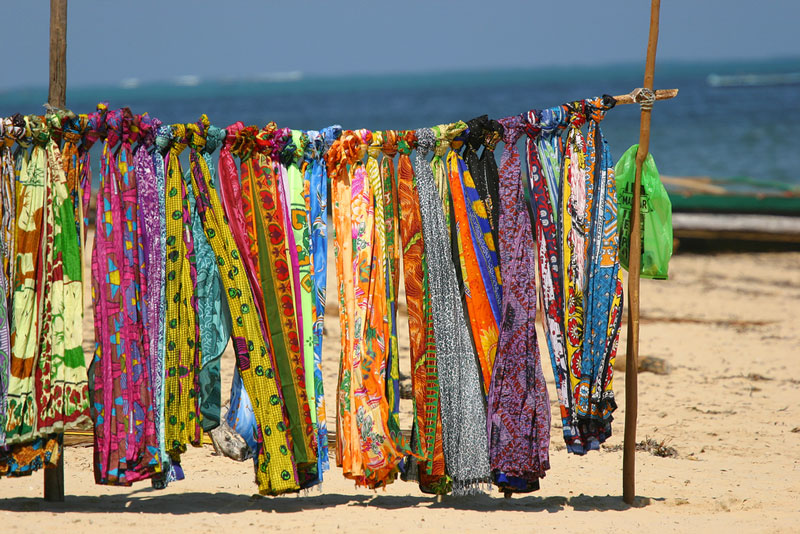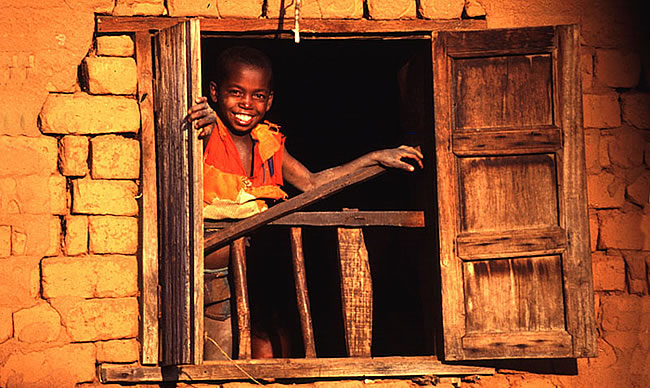
“..and my country’s beauty, so dazzling and full of colors, always drives me to tears and braces my spirit…” J. Razamivelona
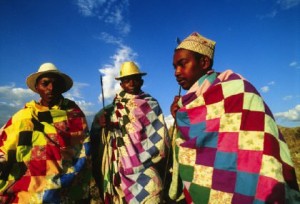
Zebu’s keepers on the highlands
Eighteen different ethnic groups live together on the Big Island. This mosaic of faces, colors, music and scents, composes a set as charming as a human symphony. Despite the many ethnic cohabitations and clan divisions, the country uses the same language, of Indonesian derivation, with dialectal differences between the regions.
Ancestors’ worship
All Malagasy believe in the existence of a single God creator that they call Zanahary or Andriamanitra (Lord Scented), but they rather focus their worship to the deified ancestors (Razana). The belief in the power of the dead is widespread throughout the island.
It is a celebration of the “Science of Life”, because the dead are holders of powers and are defenders of life on Earth, material and spiritual. Each ancestor retains his individuality and his family ties.
For each and every important occasion of life, Razana can be invoked and accessed. Animals (chickens, zebu) or food (rum, honey, etc..) will be offered to them in sacrifice or libation.
The Death
According to traditional religion, it marks the transition from the status of human being to the high rank of ancestor (Razana). He will rule from another world the younger generation who will fear and honor Him.
Three important ceremonies accompany death. These are:
- The Funeral
- The Famadihana or exhumation / riexhumation.
- The Sacrifice
Famadihana or riexhumation
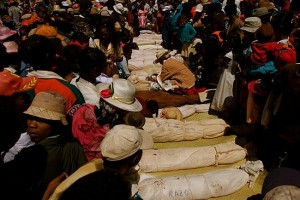
Famadihana
It is a custom, practiced mostly by Merina and Betsileo, during which the body of the dead (or rather what remains of it) is brought to light to be rewound in a new shroud of silk and is carried around to be able to account changes occurring after his death. The ceremony takes place during the winter of Madagascar, between July and September, and usually after about 3-5 years (but up to 10) in which the family of the deceased have the time to prepare the feast.
Famorana or circumcision
Act included in Malagasy tradition as every child must be circumcised in order to get his manhood.
Gives rise to a traditional ceremony and several days of festivities between June and September, and it is accompanied by the sacrifice of a zebù (bull) at the foot of the sacrificial stake.
Fady
The Fady (taboos) occupy a very important place in Madagascar’s life . The practices of the cult of Razana must comply with a complex system of taboos.
These commands vary depending on the community, the family and even each person. To violate a Fady equals to being guilty towards the ancestors.
Tromba
It is a ritual of possession practiced especially in the west, in the Imerina and the South. The possessed is always embodied by a dead king who speaks through his mouth and advises the living.
The word of the prestigious ancestor is final and, of course, the possessed one is considered very important because through trance, is the direct intermediary between the living and the dead.
The Ody
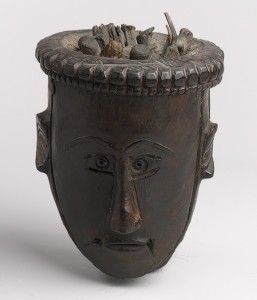
An “Ody” amulet
These amulets are designed to protect against disease, to give prosperity, to ensure abundant harvests and women’s fertility.
It’s the Ombiasy, or sorcerers, who deliver them in exchange for some sacrifices. They are called “Sampy” when used in the service of social groups rather than individuals.
The Malagasy have, for generations, learned about plants and their properties in order to use them for medical purposes and, in most of the villages, there are sorcerers and healers who have some knowledge or have some power.
Vintana or the Destiny
It rules the rhythm of the everyday social, cultural and spiritual life, and appeals to a complex sense of destiny. The important acts of life will be affected depending on the astral and primarly by all the moon’s phases.
Tanguin
It was practiced in all kingdoms: it was a poison used in judgment before God. They administered Tanguin to the accused: if he survived, he was innocent, if he died, that was the proof of his guilt, and at the same time the punishment for his crime.
Mpanandro or Fortune teller
This is an important character, which is an astrologer and whose knowledge is intimately linked to the “Vintana.“
This is one of the most respected figures in the country because it determines the most auspicious day for the family’s holidays and all the important activities (meetings, work, travel).
The Zebù
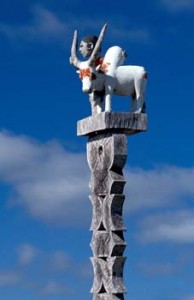
Aloalo
Is the omnipresent animal in Malagasy society. It symbolizes wealth and opulence. It accompanies mankind in all the important moments of his life and his sacrifice is essential for all the rituals. In the Mahafaly tombs, South West of the country, is symbolized by funerary sculptures called Aloalo.
Ringa o Moraingy
Malagasy fight, which is practiced mainly in the coastal provinces. On the central square they forms a circle of people that encourages players.
Less brutal than boxing, requires agility, speed and flexibility. This spectacular and physical sport was, in the past, a way to train for combat.
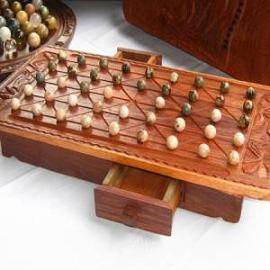
Fanorona
Fanorona
Typically Malagasy game, even if it was created in the highlands, it can be considered as the National game. Requires intelligence and tactical spirit.
The Music
It’s an essential part of Malagasy culture and expression. It’s omnipresnt during the family’s and community’s holidays (weddings, dances), and also during religious and traditional ceremonies (mass, exhumation, “tromba”, circumcision). It’s an extension of the social and cultural life of the community. It’s the pretext for fun, dancing, demonstrations of joy, and to forget everyday life’s struggles.
The Afindrafindrao is a musical introduction in which all the participants form a symbolic chain and run in pairs around the track. And it’s only from then on, that any other kind of music can be played.
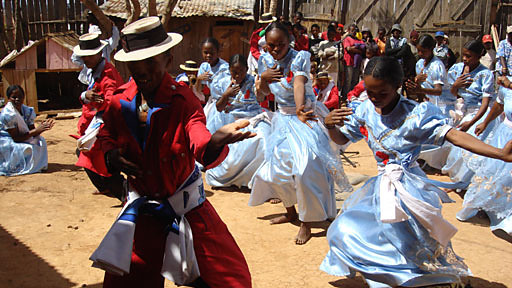
The “Hira Gasy”, malagasy musical tradition
The Kabary
The Kabary is a traditional Malagasy form of public discourse, often conducted as a dialogue of questions and answers, including the use of rich metaphors and proverbs. It was originally used in public meetings throughout the Imerina kingdom. The practice was abolished during the French colonization, but re-emerged in political circles since the Independence. Even today, the Kabary is an integral part of the Malagasy culture and society.
Kabary and his less formalized counterpart Resaka, can include poetry and music shows.
When used in politics, Kabary Resaka can mediate changes and help to facilitate a democratic process. Kabary Resaka and can also be used to treat local disputes and gifts of marriage.
A mpikabary is a person skilled in the art of kabary. A mpikabary is often assumed to represent a bride or groom during meetings between their respective families before the wedding. If a family does not like the words or proverbs used by the other family, the wedding itself can be canceled.
In Kabary the central point of the discussion is always avoided in direct words. For example, during a Kabari at a funeral, the name of the deceased can not be mentioned.
